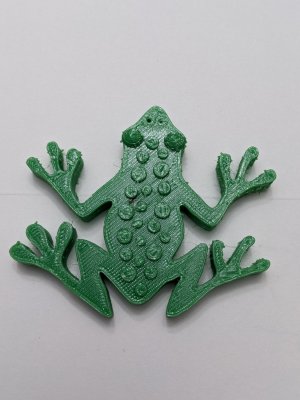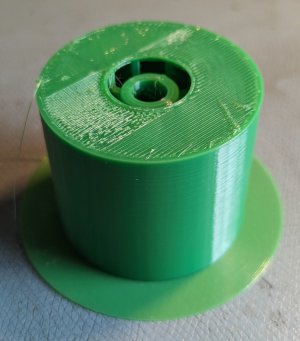- Joined
- Dec 18, 2019
- Messages
- 6,458
On a whim, I bought a roll of Overture TPU filament. I understand it is a lot trickier to print than PLA and PETG. What settings do you use?
First layer head and plate temp, successive layers?
Fan settings?
I am using PrusaSlicer 2.6 alpha4, or 2.5.2. I'd like to get a moderately successful print. The bed temperatures allowed (25-60C) are rather wide.
First layer head and plate temp, successive layers?
Fan settings?
I am using PrusaSlicer 2.6 alpha4, or 2.5.2. I'd like to get a moderately successful print. The bed temperatures allowed (25-60C) are rather wide.



